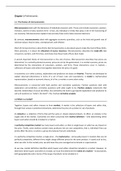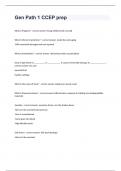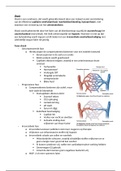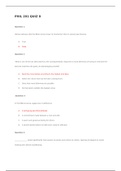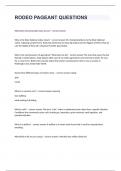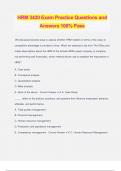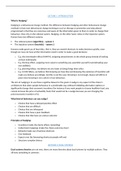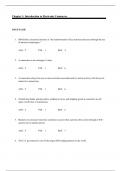Samenvatting
Summary - Microeconomics, Daniel Rubinfeld Robert Pindyck
Microeconomics, Global Edition 9e editie is een boek van Daniel Rubinfeld uitgegeven bij Pearson Education Limited. ISBN 9781292213316 For Intermediate Microeconomics courses. Microeconomics and its role in decision making and public policy Microeconomics exposes students to topics that play a ce...
[Meer zien]
